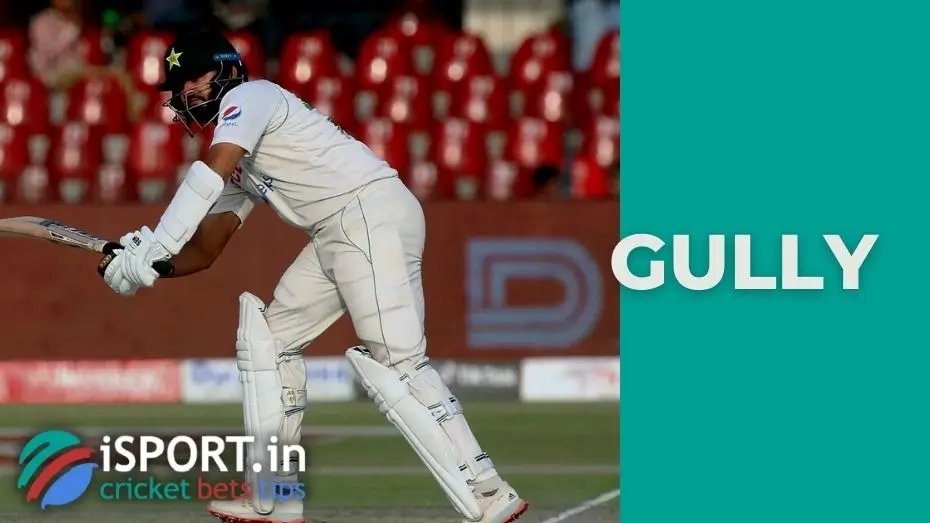Gully

Gully – the part of the field located behind the wicket area where the fielders are located. All players in this position (gully fielder) are named so because of their position in the gully location. Arthur Jones first announced the name of this position in the 1880s.
In cricket, there are fielders (gully fielders), whose location on the field is called “field” – the position behind the batters. Their task is to catch an edged ball, i.e., a ball launched out of the reach of the wicket-keeper.
Fielders occupying this position should have a quick reaction since the ball directed into this zone indicates a bad hit by the batsman. The projectile trajectory is quite unambiguous, but the speed is high, so the player should always be on the alert.
There are several ways in which a gully fielder can successfully cope with his task of catching the ball. Most of the top field players have demonstrated their achievements in practice more than once, which later became key. Among them, it is worth highlighting the following set.
- Fielders should stay close to the batsman. Richie Benaud is a bright adherent of this theory, who excellently chose a place as close to the batter as possible.
- Field players should always be ready and timed correctly. This tip helps players to maneuver at lightning speed (jump left or right). At the same time, many throws are characterized by a low flight, so it is important not to neglect being ready to catch the ball in this position.
- It is necessary to constantly monitor the ball, starting from the moment it touches the bat.
- Watch not only the ball, but also the batsman, some of whom give hints about their potential strike. It may be possible to read a player who can not cope with the force of the blow and directs the ball into the field.
If you make a list of the best fielders, it is impossible to imagine it without Richie Benaud, Mark Waugh, Bob Simpson, Ian Chappell, Mark Taylor and Jack Gregory.
